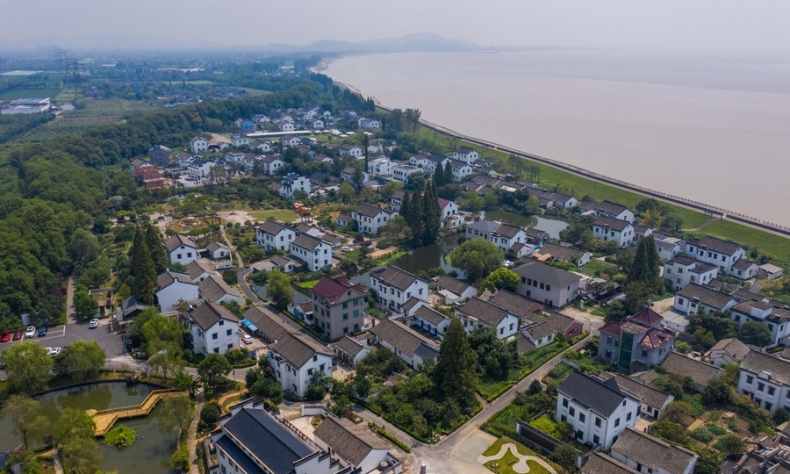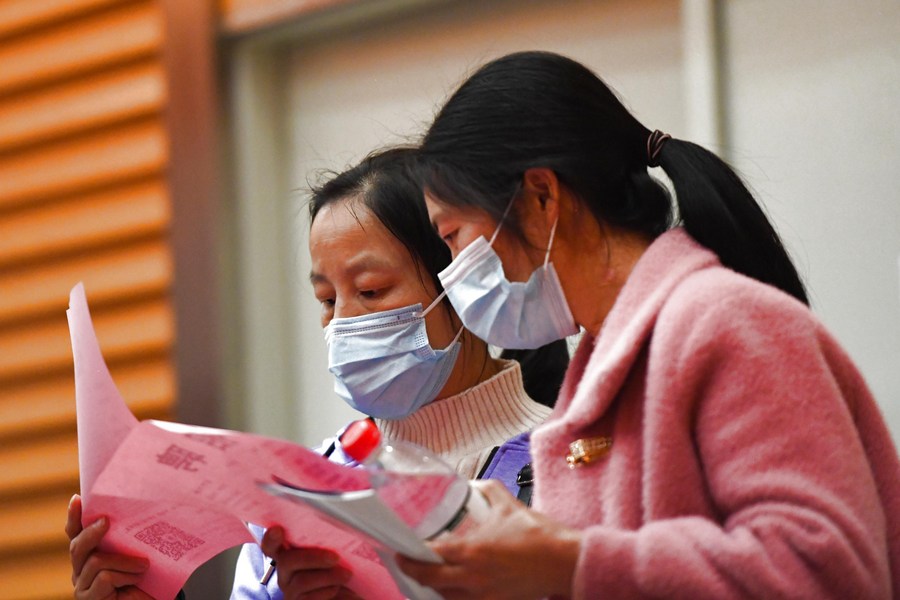Restructuring Social Wealth Distribution

Common prosperity is not tantamount to the equal distribution of social wealth, but it does intend for the rational redistribution of an ever-rising total social wealth that meets the population’s needs.
At the 10th meeting of the Central Committee for Financial and Economic Affairs on August 17, President Xi Jinping, also General Secretary of the Communist Party of China (CPC) Central Committee, called for the promotion of common prosperity after China has built a moderately prosperous society in all respects.
Common prosperity is part of the Party’s people-centered national governance concept. In the 1980s, then leader Deng Xiaoping proposed to encourage certain regions and individuals to get rich first and then realize common prosperity by the rich giving the poor a helping hand. Nowadays, the catch is how to realize common prosperity, a topic that has been elevated to a more important position since the 18th CPC National Congress in 2012. An array of policies since then has been adopted to improve people’s livelihoods and eliminate poverty, laying a solid foundation for shared affluence.
The goal of reaching common prosperity can’t be obtained overnight; it must be a dynamic process that keeps evolving. It requires huge social wealth and high-quality economic growth as the backstop. Common prosperity is not tantamount to the equal distribution of social wealth, but it does intend for the rational redistribution of an ever-rising total social wealth that meets the population’s needs.

Although the Central Government has worked out some policies to optimize income distribution and ease distribution inequality, unfortunately the income gap broadens along with the booming economy.
The absolute disparity of per-capita disposable incomes for urban and rural residents remains large.
Regional income disparity keeps widening. The reform and opening-up policy first benefited the coastal regions in the eastern areas. Although the Central Government has ramped up supportive policies for the central and western regions and per-capita income there has seen obvious improvement in the past decade, a big breach lingers between east and west. For example, per-capita income in Guizhou Province in the southwest increased by 10.7 percent year on year in 2019, higher than the rate of the 8.2 percent of Shanghai in the east. However, in 2019, per-capita income in Shanghai hit 69,000 yuan ($10,600), while that for Guizhou stood around 20,000 yuan ($3,070).
China manages to maintain economic and social stability largely because of its high economic growth and low unemployment rate. The widening income gap is accompanied by a rising income for low-income earners and a shrinking poor population. However, given that a slowdown in economic growth has already become inevitable, the aforementioned income disparity will pose a bigger challenge to the quest for common prosperity.

To crack this hard nut, efforts should primarily home in on both primary distribution and redistribution.
As for primary distribution, the market mechanism should play a decisive role in resource allocation to cushion the impact on income distribution triggered by industrial monopoly, market distortion, government interventions, as well as discrimination based on gender and regional disparity.
As for redistribution, the government needs to thrust ahead more reforms. Taxation can play a bigger role in adjusting income distribution. Current taxation structure, exemplified by the unduly low proportion of personal income tax, a direct tax, and disproportionately high quantity of value-added tax, an indirect tax, will be updated for better redistribution. Moreover, the government should increase fiscal transfer payments to those living in relative poverty. China has primarily set up old age and basic medical security systems covering the whole society, but these two systems share the same problem: Different social groups enjoy different levels of security. And these levels feature some striking differences.
If China means to realize common prosperity, huge economic aggregate and high-quality economic growth have made the restructuring of social wealth distribution a necessity. This most recent meeting is seen as a precursor to more in-depth reforms in coming years.
 Facebook
Facebook
 Twitter
Twitter
 Linkedin
Linkedin
 Google +
Google +










